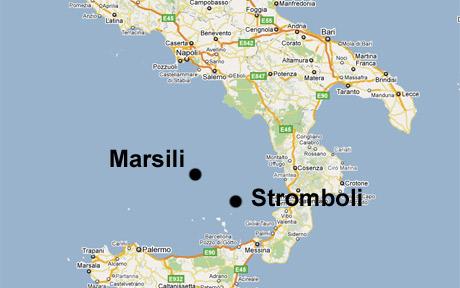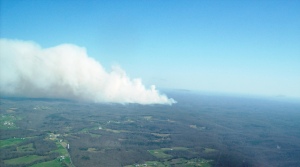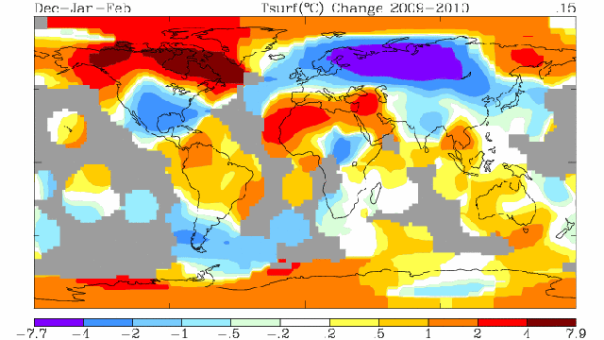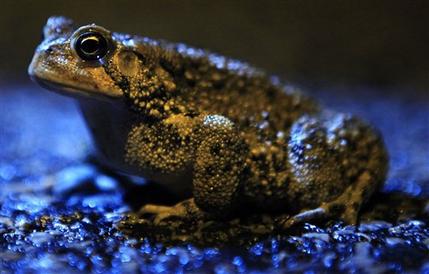
The undersea Marsili, 9,800ft (3,000m) tall and located some 90 miles (150km) southwest of Naples, has not erupted since the start of recorded history
The Marsili volcano, which is bursting with magma, has "fragile walls" that could collapse, Enzo Boschi told the daily newspaper
Corriere della Sera.
"It could even happen tomorrow," said Mr Boschi, president of the National Institute of Geophysics and Volcanology (INGV).
"Our latest research shows that the volcano is not structurally solid, its walls are fragile, the magma chamber is of sizeable dimensions," he said.
"All that tells us that the volcano is active and could begin erupting at any time."The event would result in "a strong tsunami that could strike the coasts of Campania, Calabria and Sicily," Mr Boschi said.
The undersea Marsili, 9,800ft (3,000m) tall and located some 90 miles (150km) southwest of Naples, has not erupted since the start of recorded history.




Comment: And that report will no doubt vindicate Jones et al also.